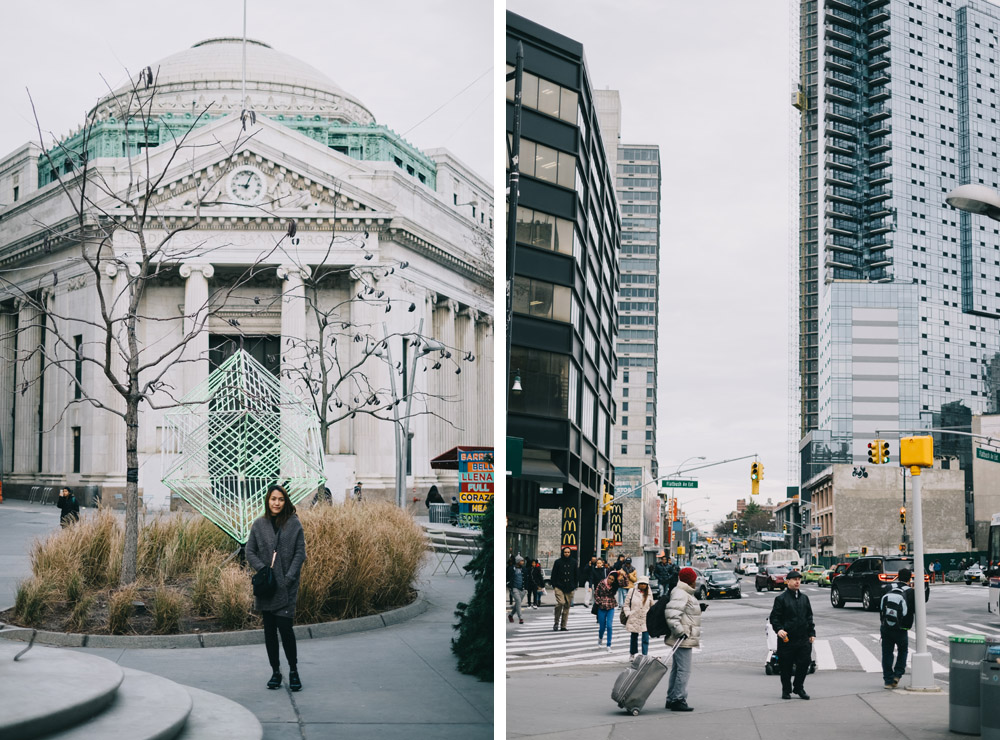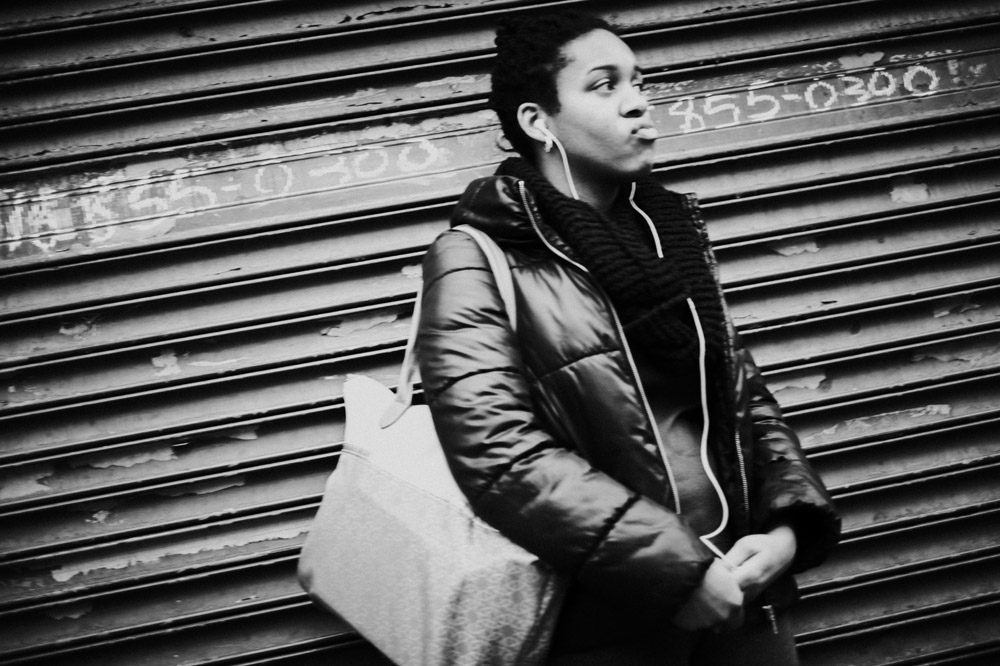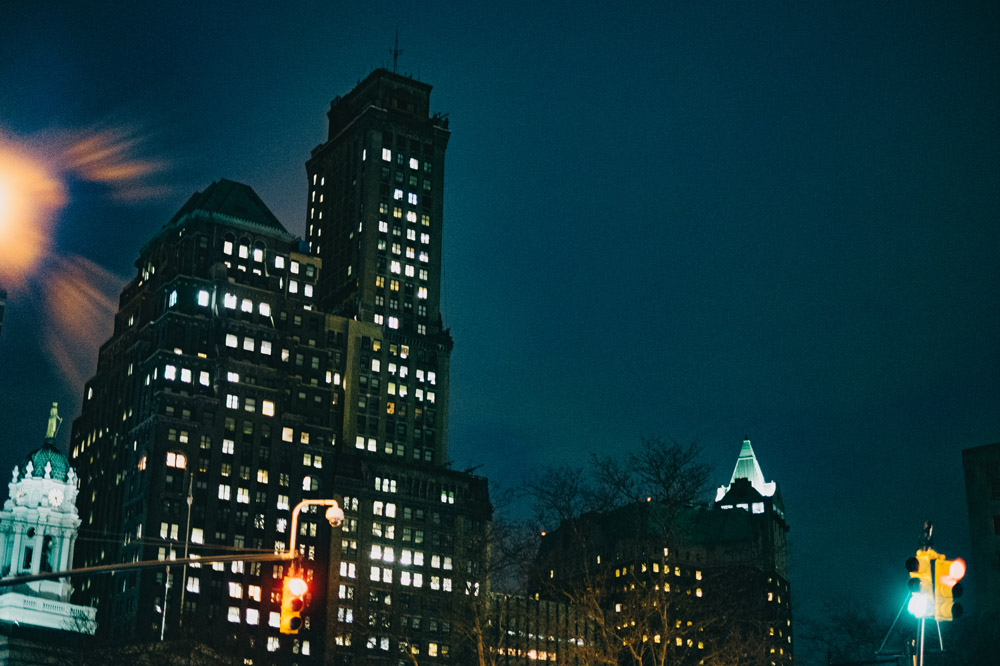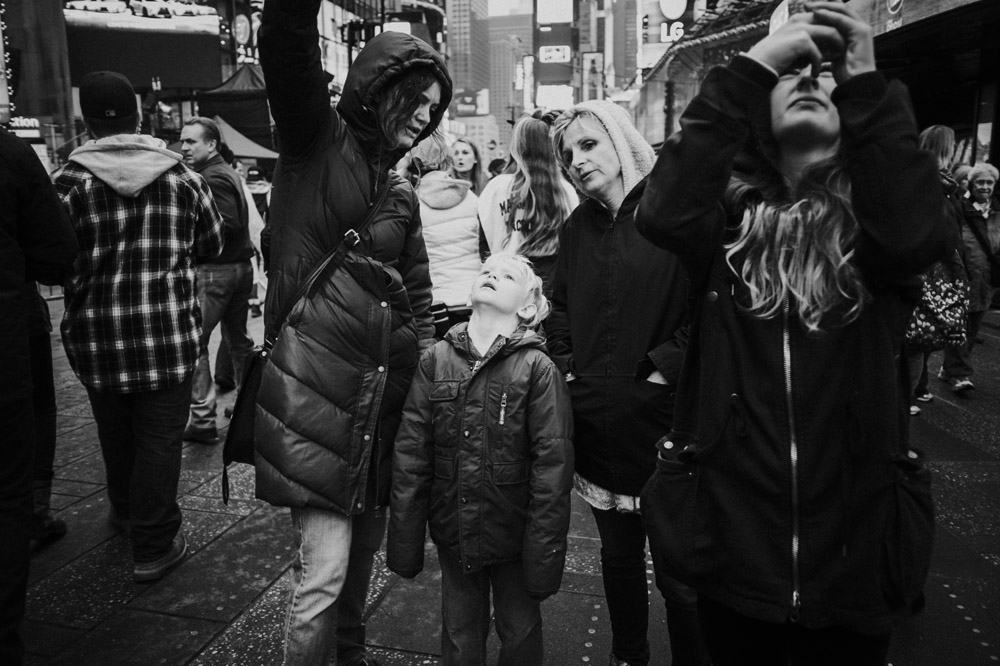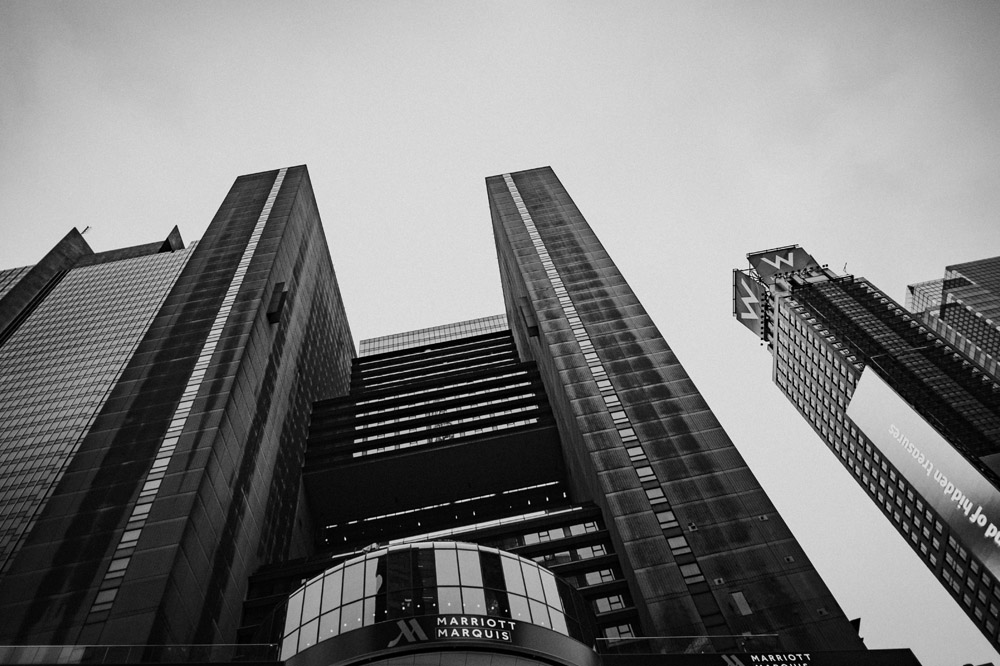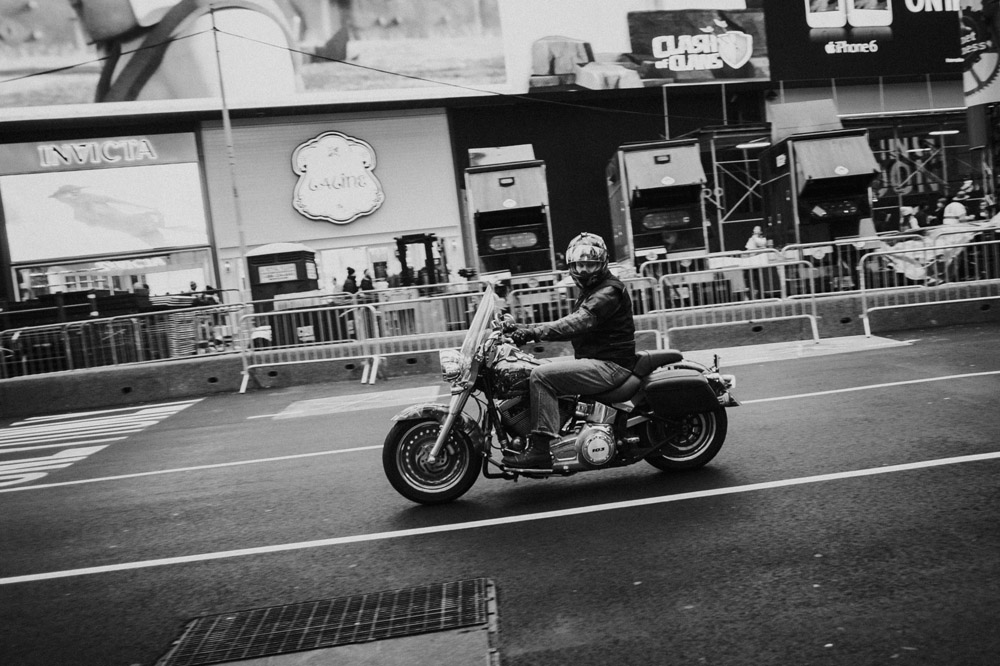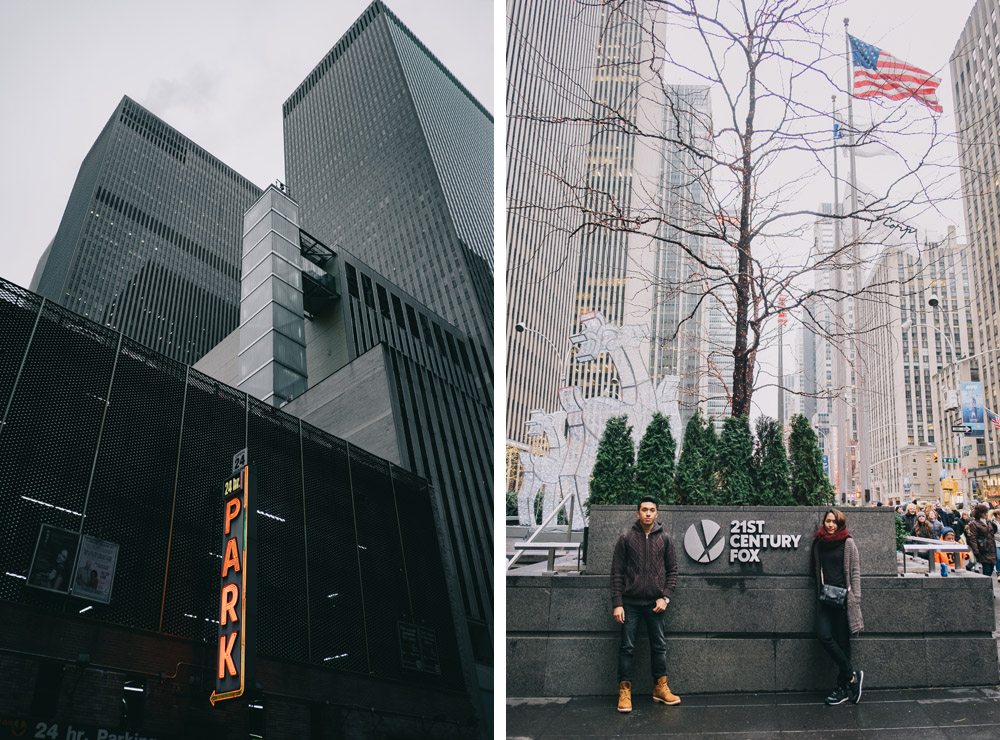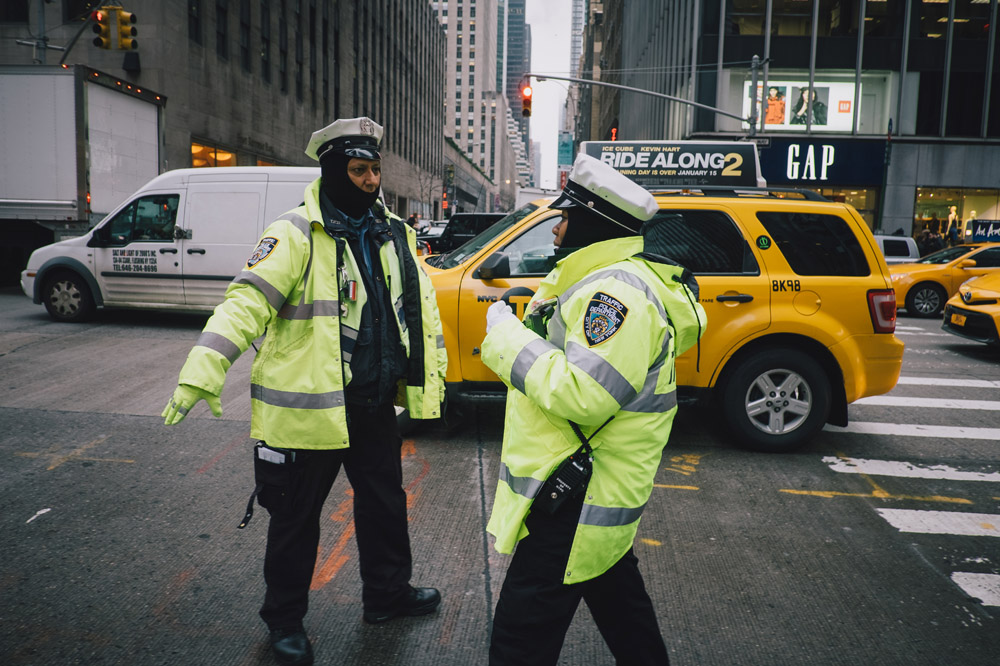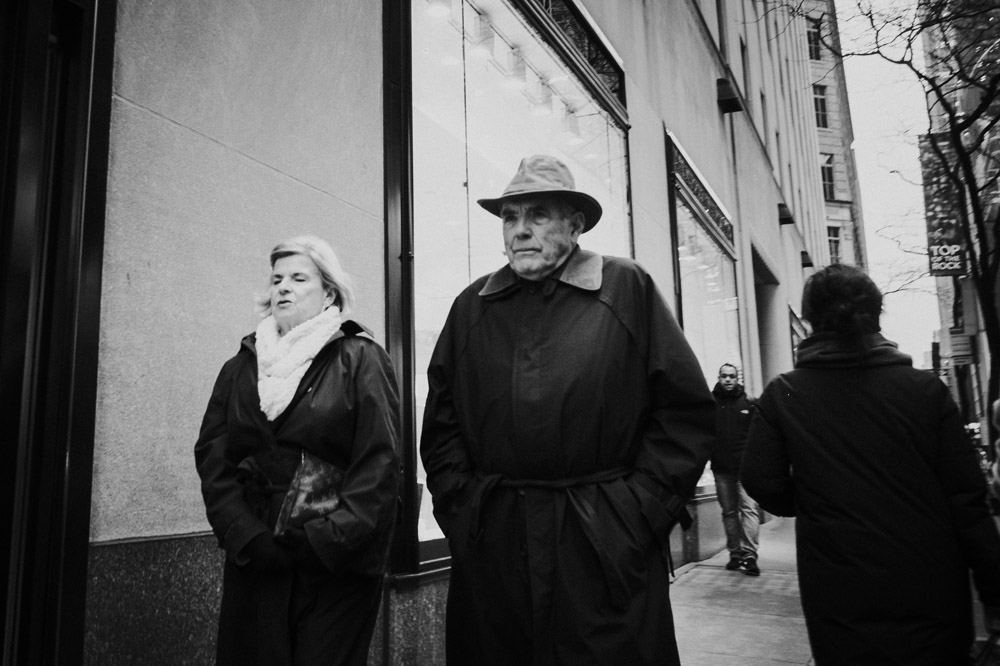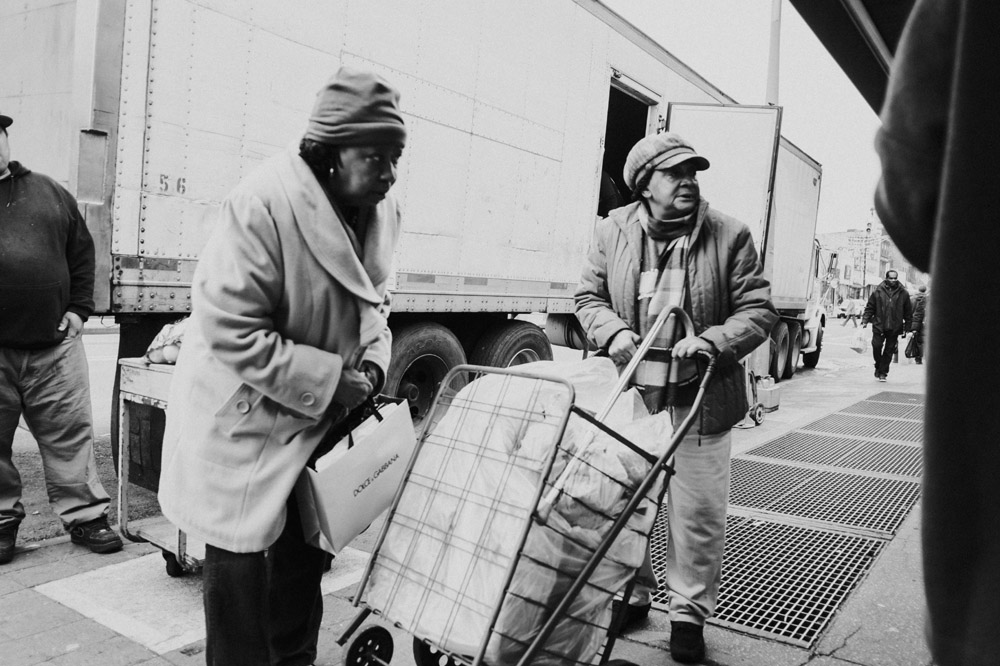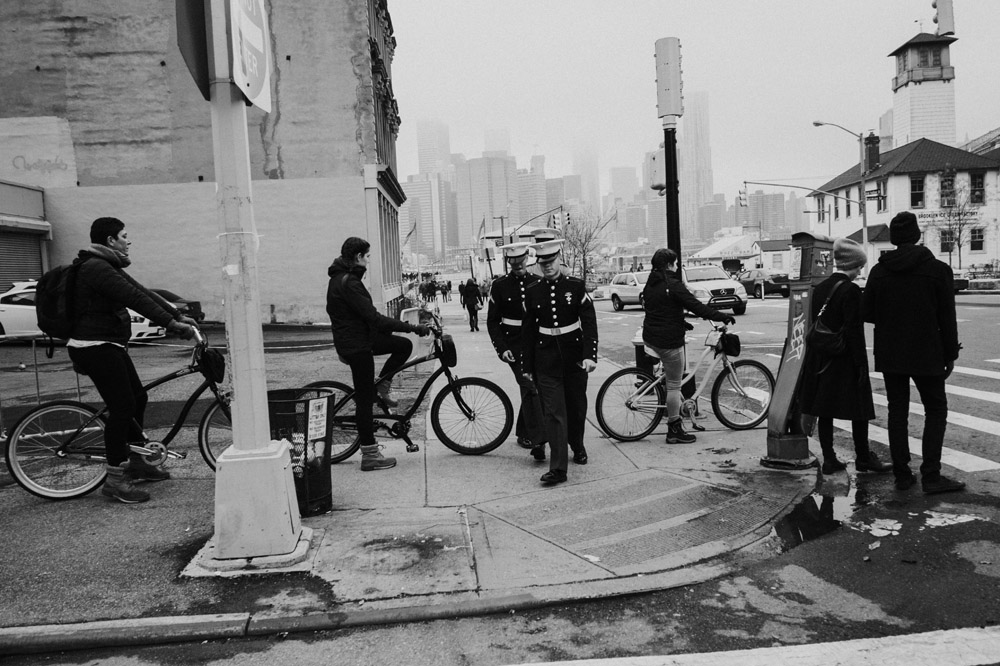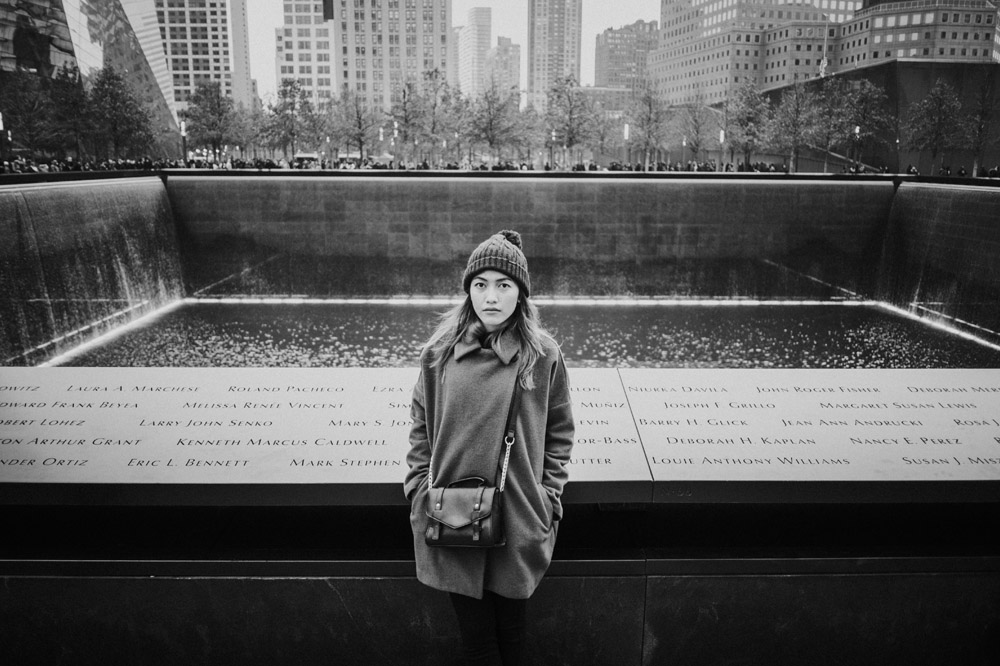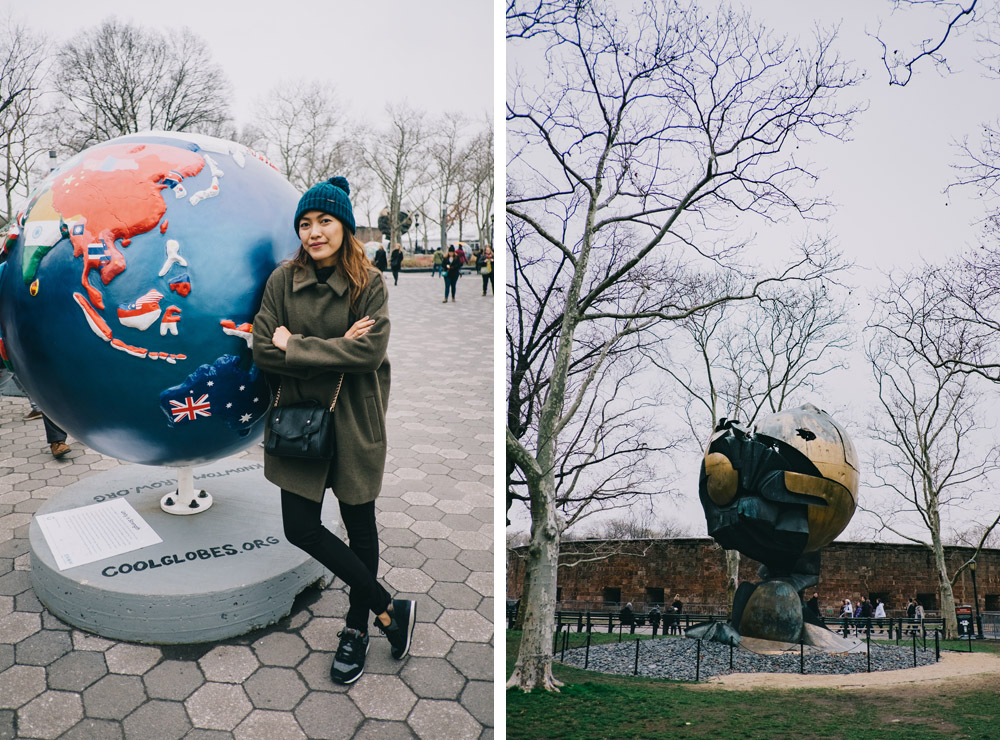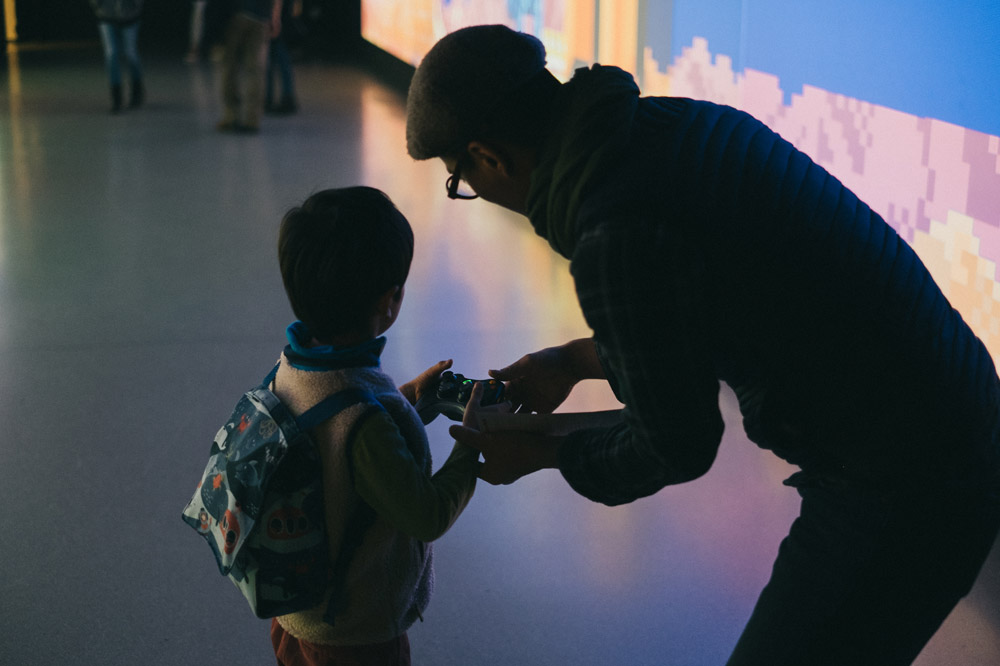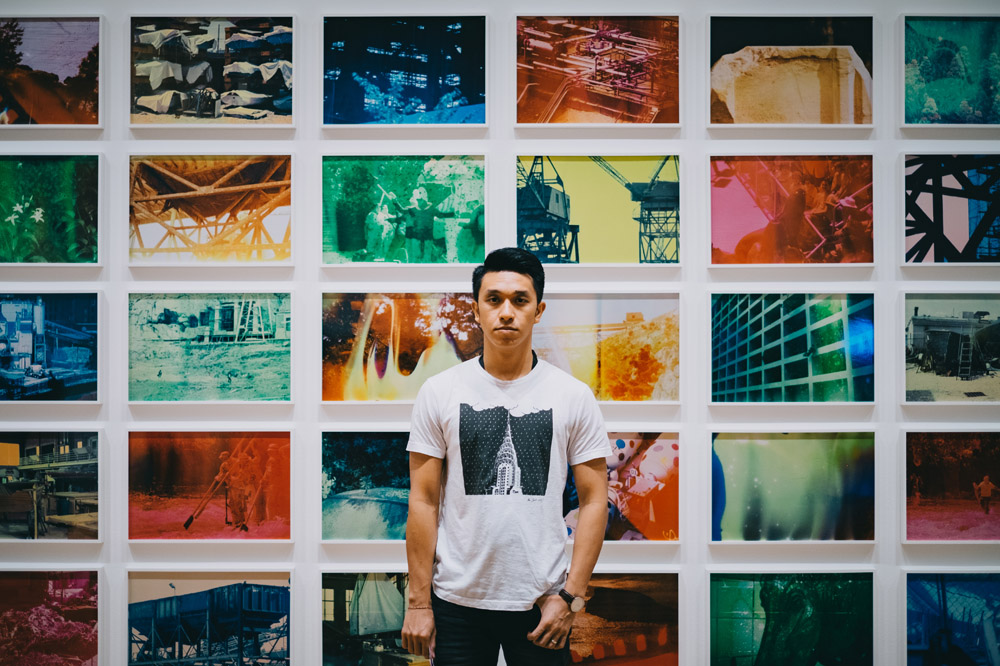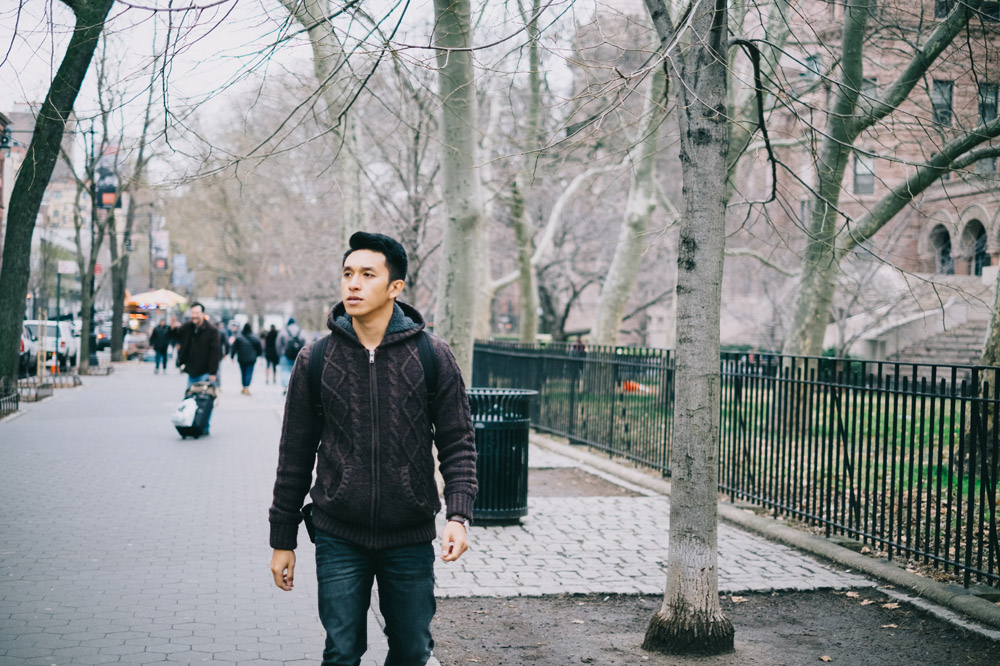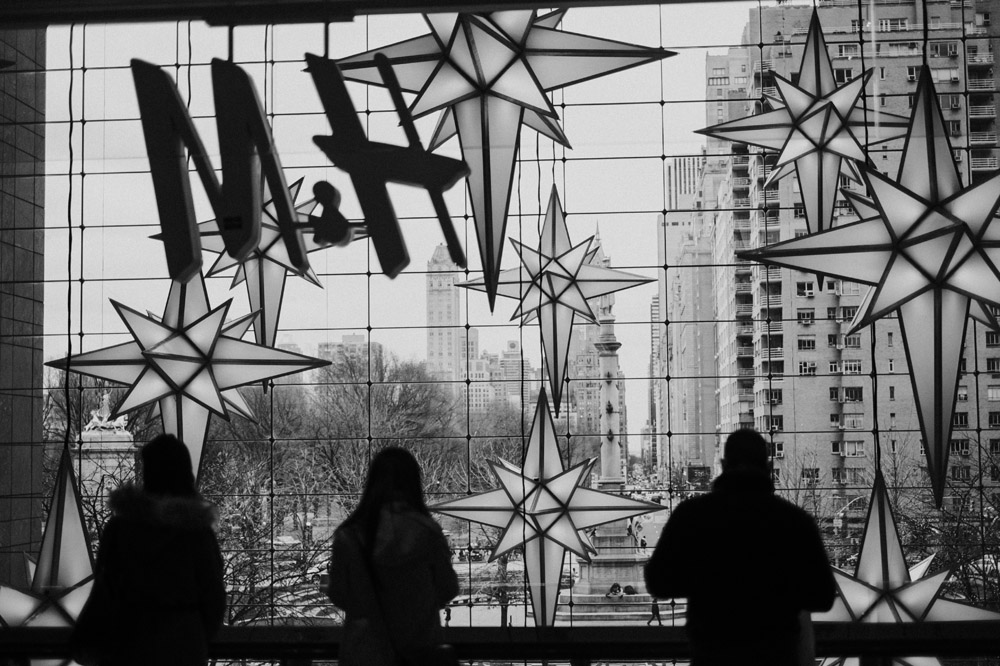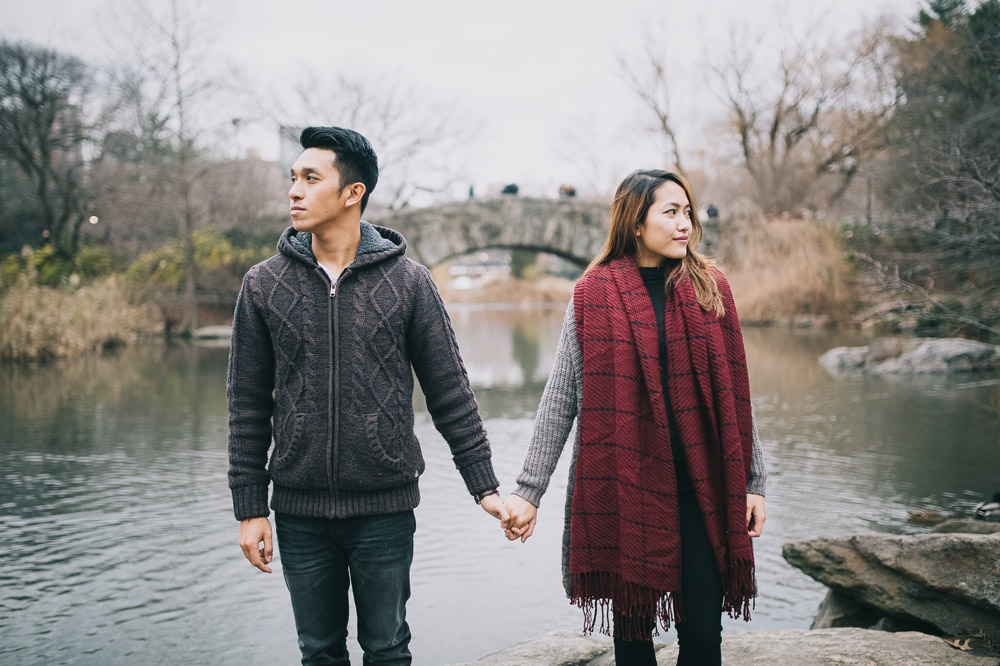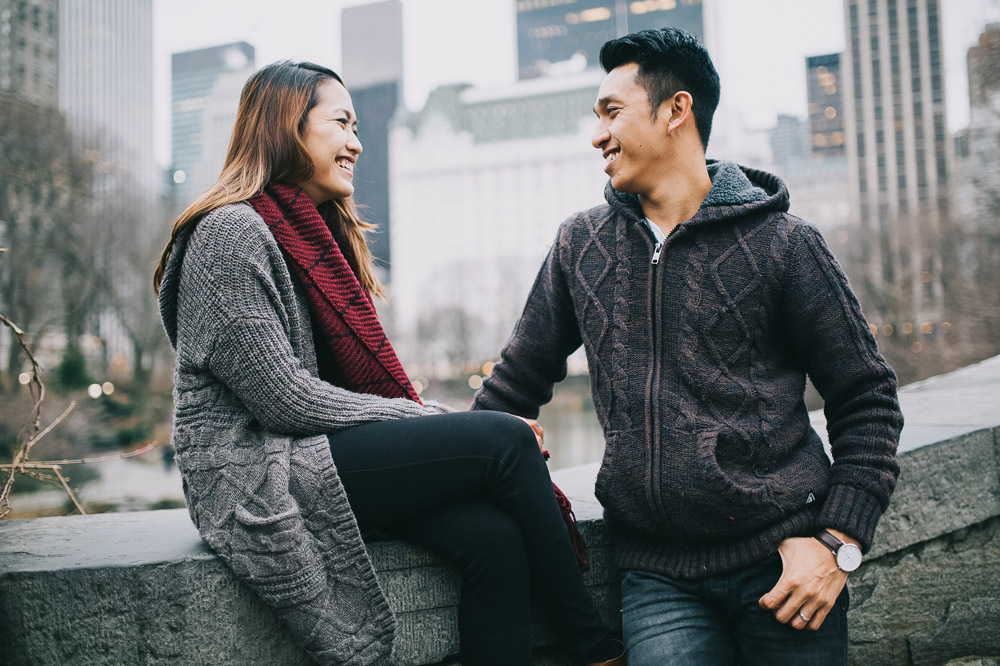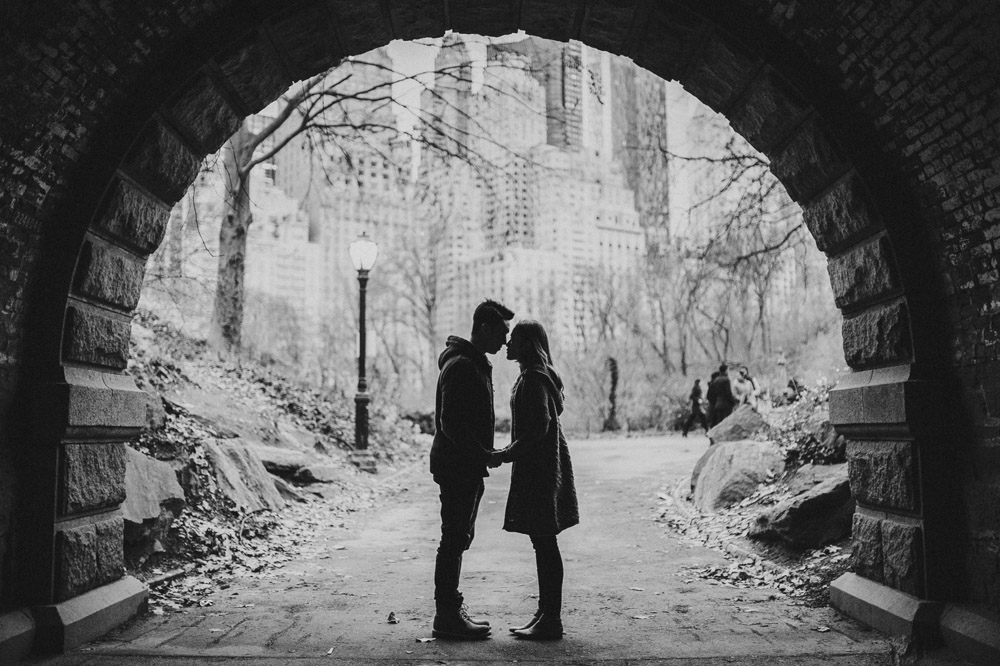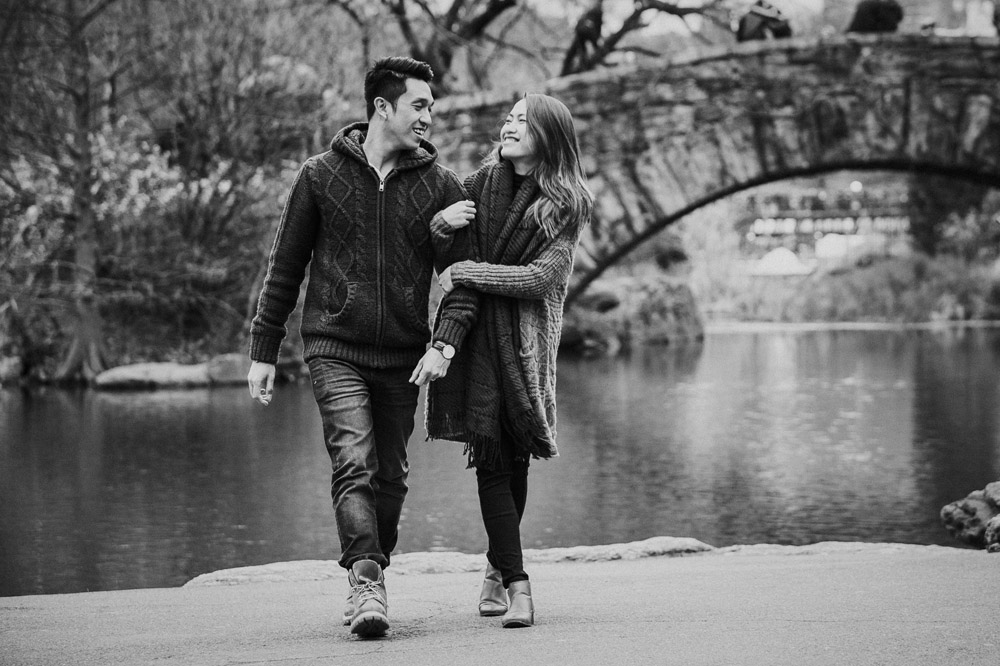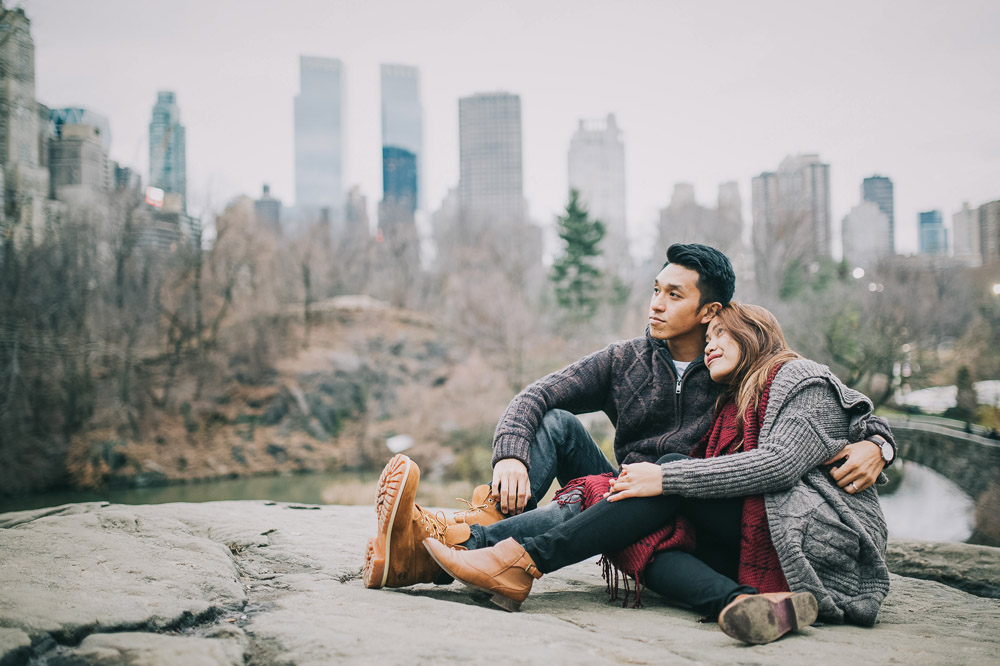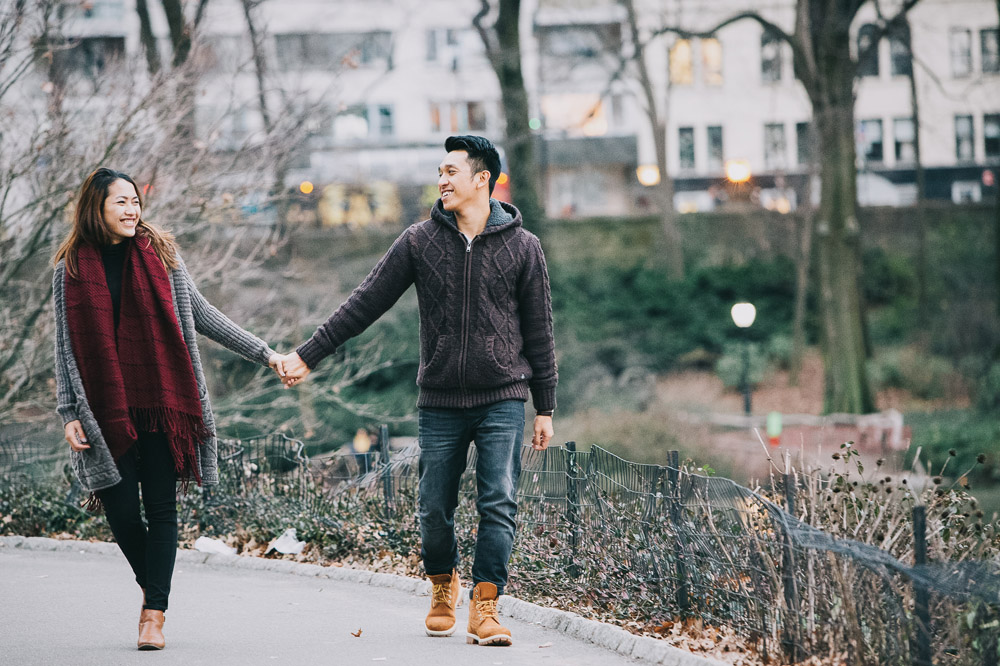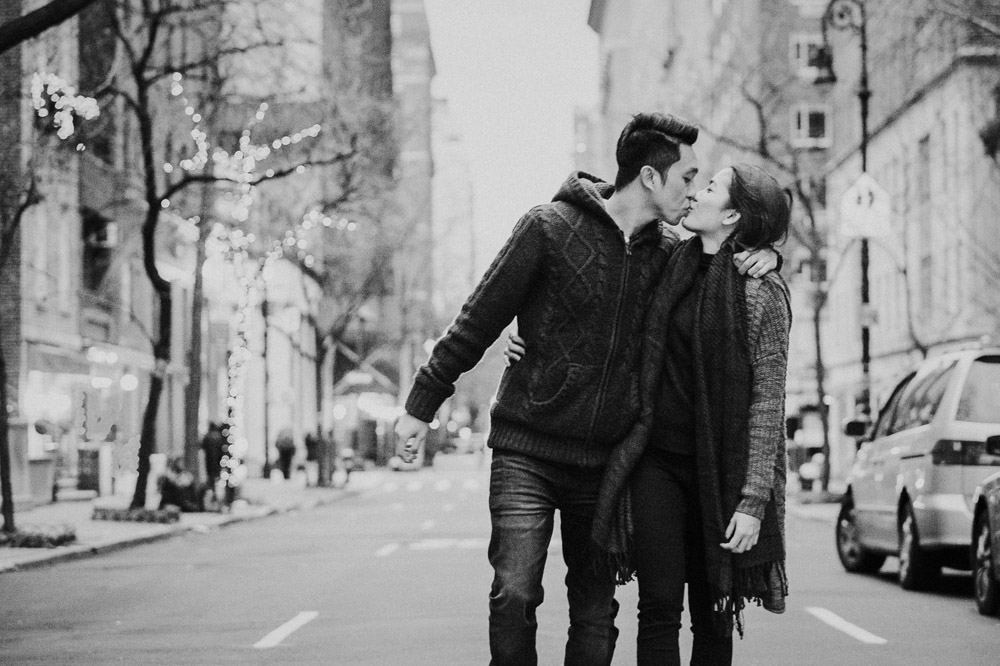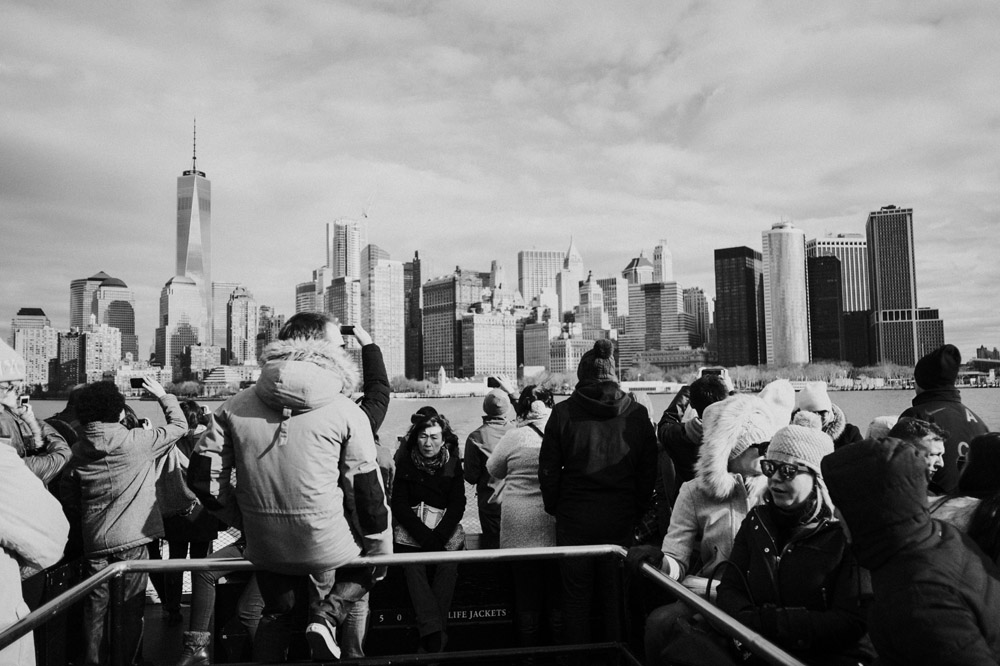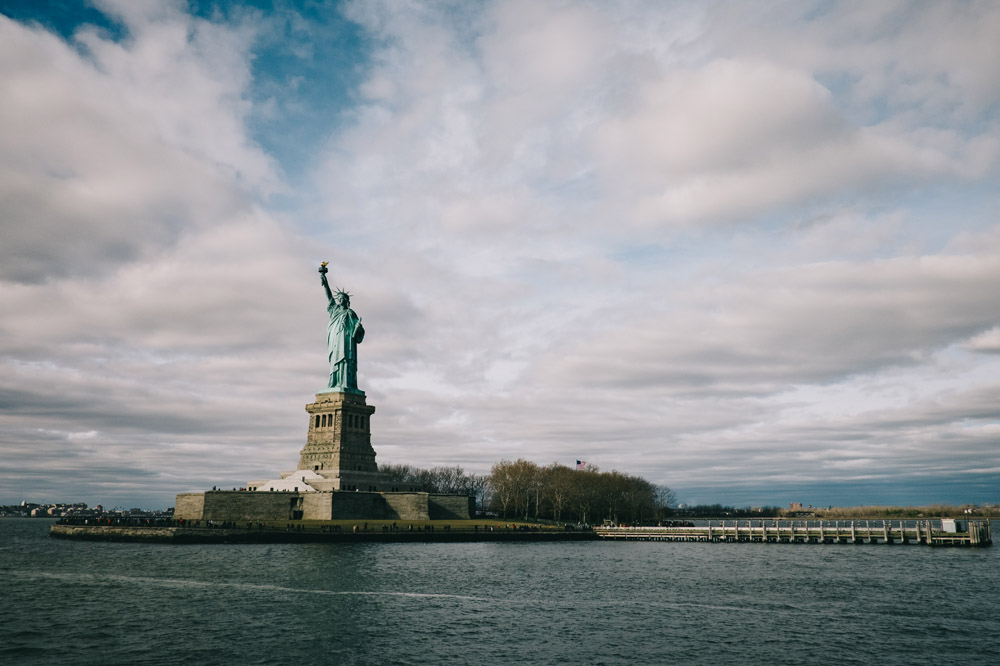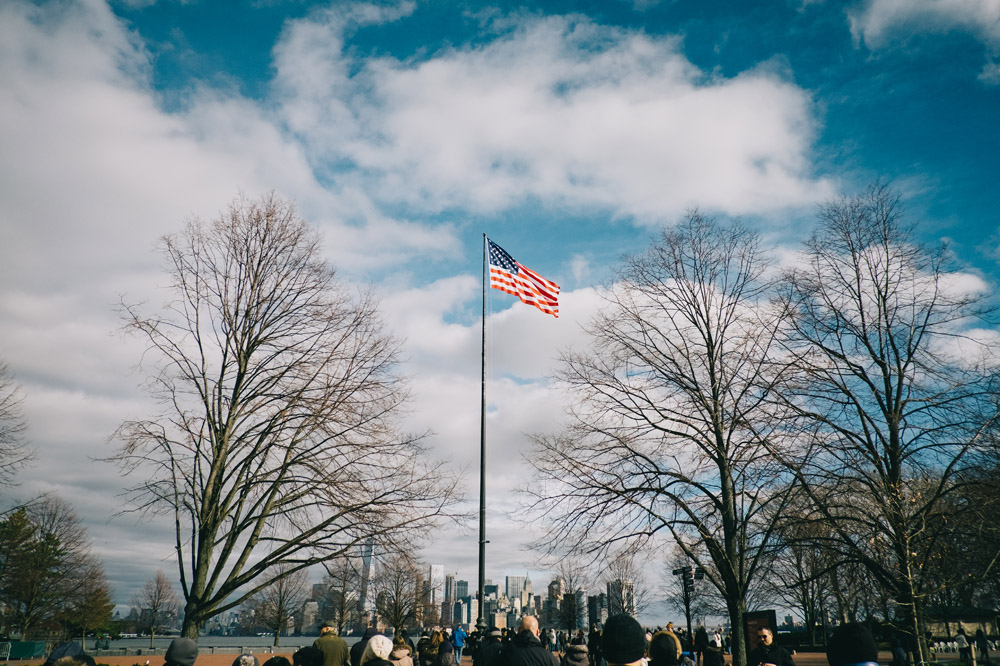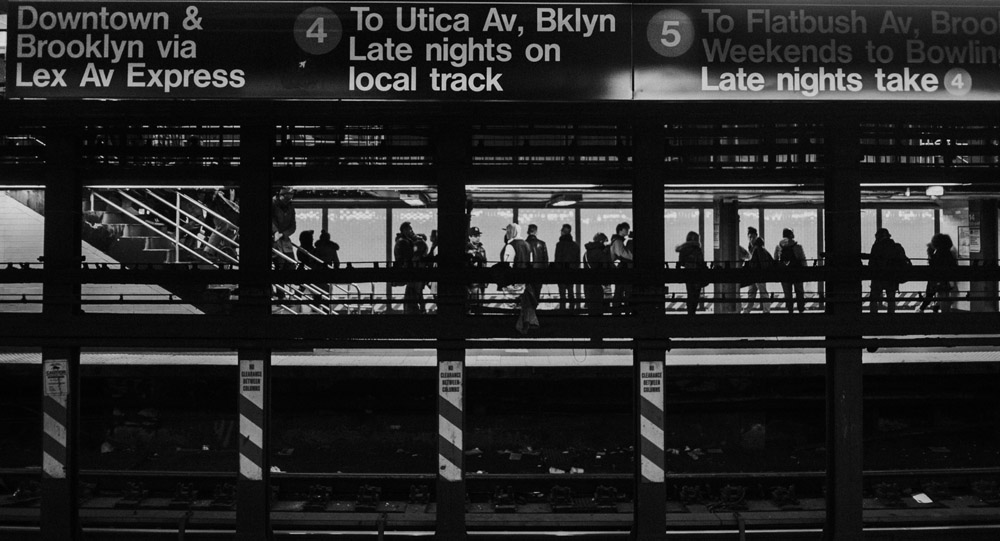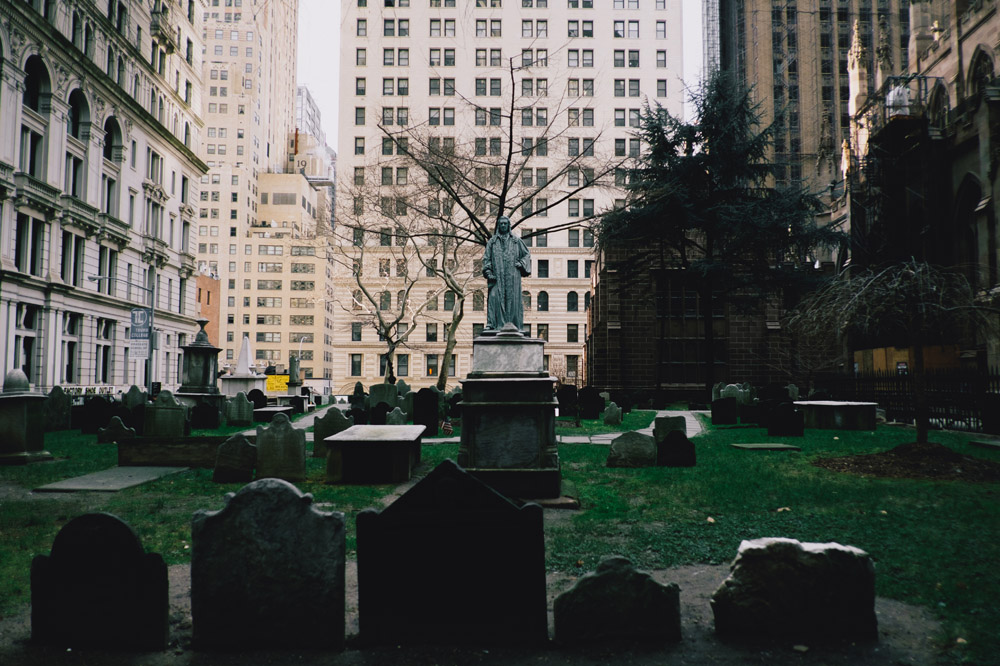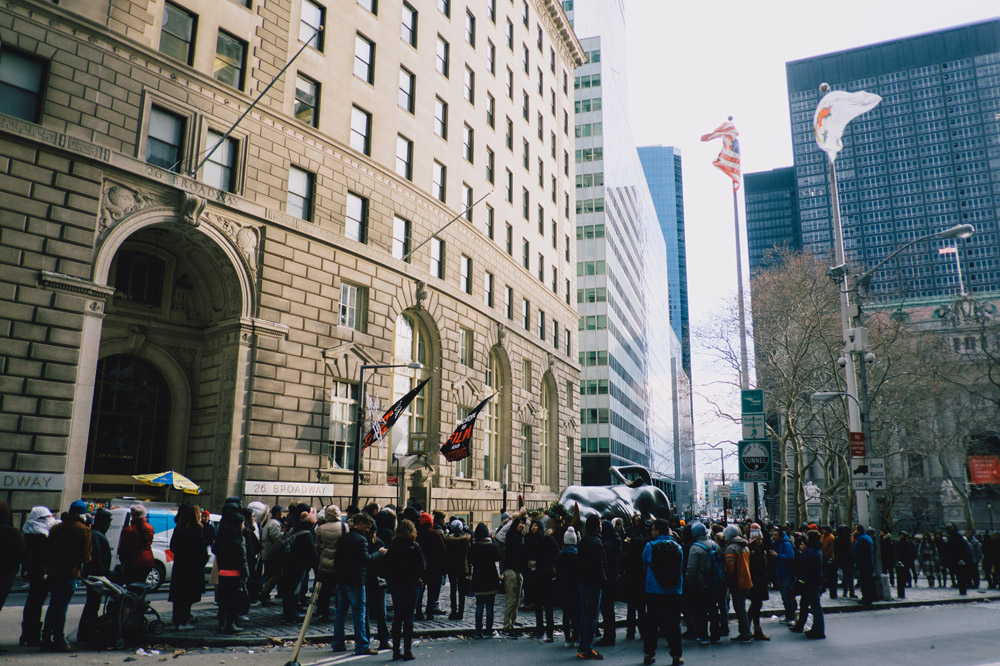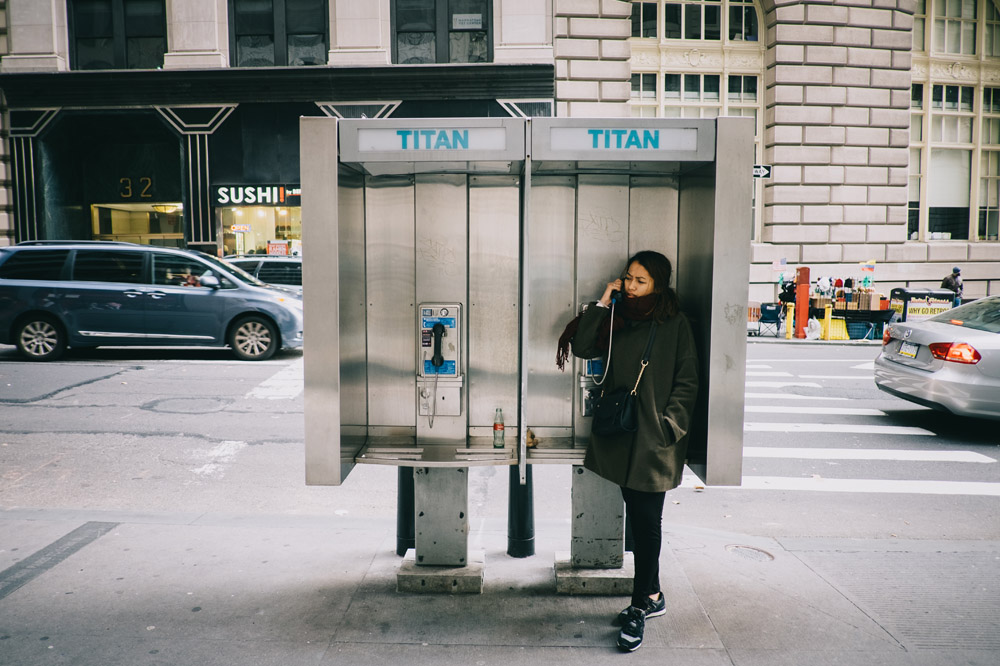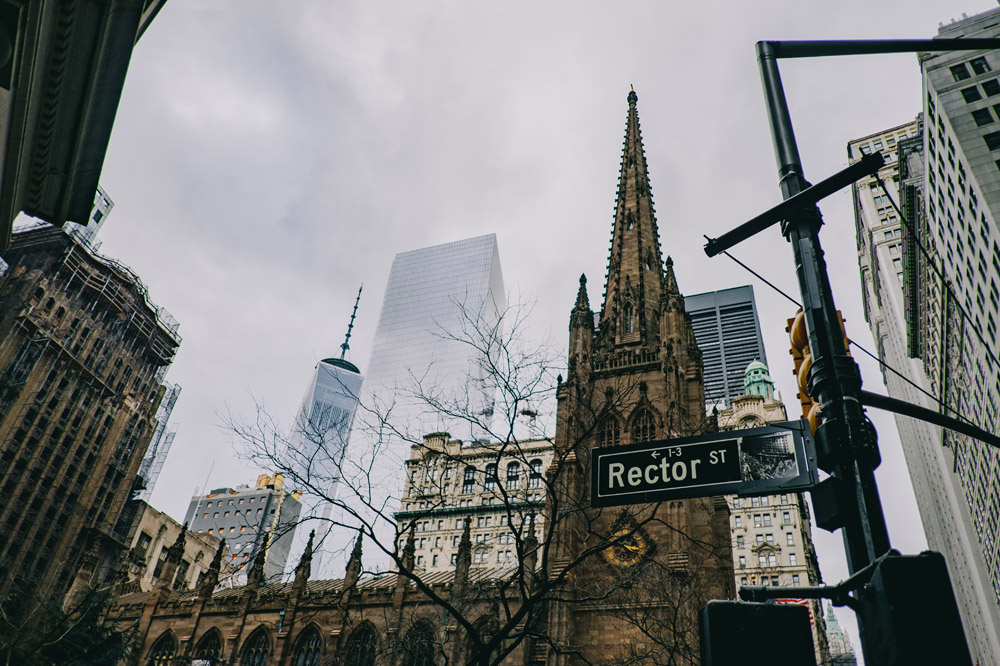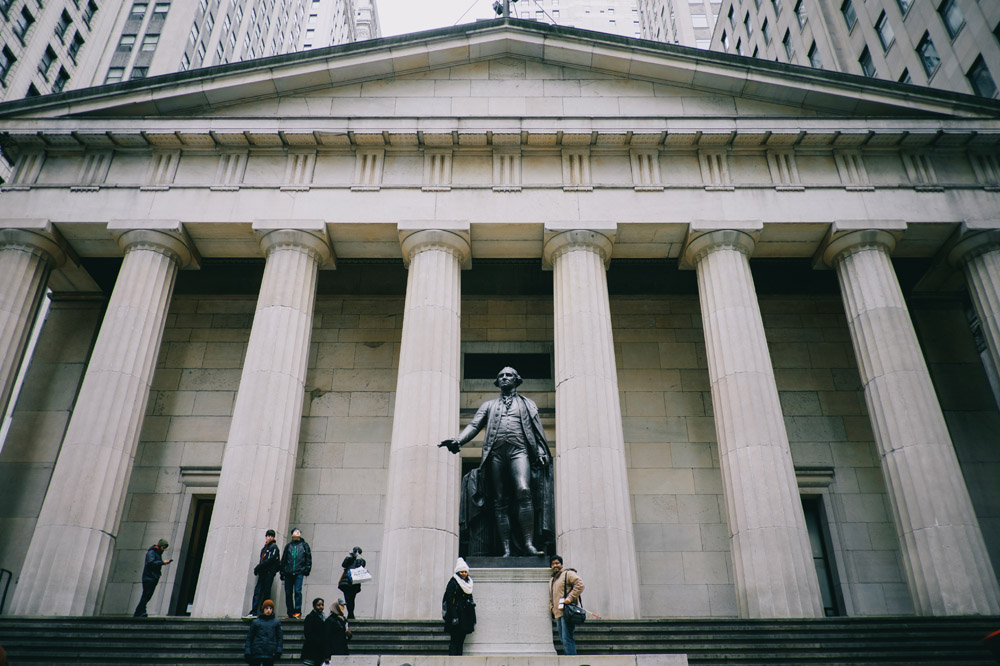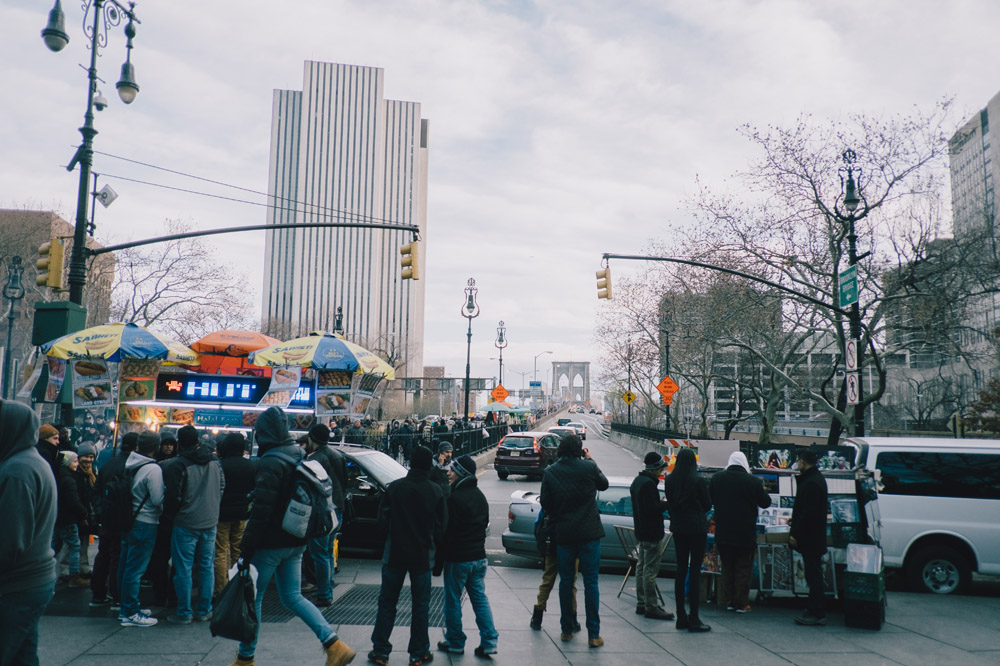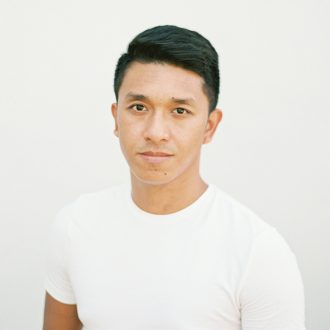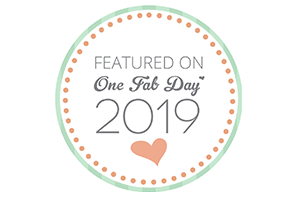Visiting New York City, also referred to as “New York”, “NYC”, “The Big Apple”, or just “The City” by locals, the most populous city in the United States, is our dream come true.
New York City is a center for media, culture, food, fashion, art, research, finance, and trade. It has one of the largest and most famous skylines on earth, dominated by the iconic Empire State Building, the busiest city in the world, the city that never sleep, everyone is on the street all day long.
Day 1. Getting Around
We stayed in Brooklyn, the most affordable strategic area in New York city. Brooklyn is situated on the westernmost point of Long Island and shares a land boundary with Queens, which partially encircles Brooklyn to the north, east and south. Brooklyn is well served by some 18 subway lines, most of which provide direct service to Manhattan, Queens, and the Bronx.
The subway is overall the best way to get around Brooklyn, although there are some spots, notably Red Hook and parts of East Brooklyn (including most of the tourist attractions), where subway coverage is poor and bus transportation is encouraged – it is best to download a subway map from the Metropolitan Transit Authority’s website.
The biggest hub is Atlantic Ave (also called Pacific St). From there, there are transfers to pretty much any line in Brooklyn. Many of the lines that don’t stop there do stop elsewhere in Downtown Brooklyn. Getting into Brooklyn by subway from Manhattan or vice versa is easy. Pretty much every line goes through Downtown Brooklyn and stops at Atlantic Ave. Our favourite line is A & C, because it’s the line that has stop in the major tourist destination across Manhattan & Brooklyn.
Food & Coffee
We have not spend so much to explore for culinary in New York, we do mostly buy fresh food in grocery and cook at home, much more healthy and save few bucks than eat outside. But we do try couple of coffee shops here, Bluebottle coffee & Irving Farm is two of them, and our fav cafe is Irving Farm, it’s coffee remind me to Revolver coffee in Bali. they tasted similar.
Founded in 1996 by two college friends, Steve and David, when they opened a tiny neighborhood café on Irving Place in Gramercy Park. They began roasting out of a converted carriage house in bucolic Dutchess County soon after, and nearly 20 years later Irving Farm has grown into one of New York’s most beloved hometown roasters with six cafés.
Day 2. The Times Square
Times Square, nicknamed “The Crossroads of the World”, and the notional center of Manhattan. Yet actually it is not a “square” in the strictest sense of the word of course – rather it is an “X”-shaped intersection between Broadway and 7th Ave – filled with video screens, LED signs, and flashing lights; a world wonder or a tourist nightmare depending on your perspective. The “new” Times Square is a family-friendly theme park of themed restaurants, theaters and hotels, as well as a developing business district. The lights and signs can be viewed anytime, but the most enchanting experience comes when one visits Times Square at night, as all the signs and screens are ablaze with color. Times Square is also well known for its famous New Year’s Eve ball drop.
Transport:
The Times Square-42nd St. subway station is one of the major nerve centers of public transit in New York, with the 1, 2, 3, 7, N, Q, R and S (Grand Central Shuttle) lines all stopping there, while a pedestrian tunnel affords a free transfer to the 42nd St.-8th Av. station, which serves the A, C, and E lines.
Eat:
Times Square can seem infested with glorified, tacky, and overpriced versions of chain restaurants like McDonald’s, Bubba Gump Shrimp, Red Lobster, and Applebee’s that you can find anywhere else in America. However, there are better food options available in the area, especially if you get away from Times Square proper and explore other areas in the Theater District.
The New Year’s Eve Ball Drop:
Every year as the clock nears midnight on December 31, the eyes of the world turn once more to the dazzling lights and bustling energy of Times Square. Anticipation runs high. New Year’s Eve at the symbolic center of New York City has become more than just a celebration – it’s a global tradition. The world holds its breath, and cheers as the clocks strike twelve. But wait, here is everything you need to know about the Ball Drop and all the festivities leading up to the big night:
– On December 31, the New York Police Department will begin closing down access to Times Square starting at 43rd Street and Broadway, and moving north as revelers arrive. The exact times that these blocks close to pedestrian and vehicular traffic will depend on when the revelers begin arriving. It is likely that there will be no vehicular traffic on either Broadway or Seventh Avenue as of approximately 3:00 p.m. Vehicles will most likely have difficulty traveling across town after 6:00 p.m. above 42nd Street, as far north as 59th Street. If you are planning to come to Times Square and join in the festivities, you are advised to enter from Sixth or Eighth Avenue. Your chance of getting a viewing spot near the Ball (at Broadway & 43rd Street) increases the earlier you arrive. The blocks will be closed off as they fill up northward, street-by-street, as the police deem necessary.
– The best way to come to Times Square is via public transportation. To get to Times Square, the # 1, 2, 3, 7, A, B, C, D, E, F, N, Q, R, W, V and S shuttle trains all service the Times Square area. Please note that the MTA has advised revelers not to use the 42nd Street Subway Station on New Year’s Eve due to crowding conditions – you are advised to exit at one of the surrounding stations and enter Times Square on foot. It is expected that the MTA will keep all subway stations open on New Year’s Eve. Some entrances and exits may be closed as crowd conditions require. Trains may also bypass some stations, depending on how the crowds build. The most up-to-date transit information is always available by calling the MTA at 511 or visiting www.mta.info.
– Revelers begin to gather in the late afternoon on New Year’s Eve, December 31. The best advice we can give is to get there as early as possible. We cannot predict how quickly the viewing areas will fill up. Prime viewing areas may fill up early in the afternoon. At approximately 6:00 p.m. EST the Times Square New Year’s Eve Ball will be raised to the top of the 77-foot flagpole at One Times Square (Broadway at 43rd Street). At exactly 11:59 p.m. EST, the Ball will make its 60-second descent down the flagpole to signal the start of the New Year. In fact revelers mostly arrive very early around 3:00 p.m. just to get the strategic viewing area.
– The most important thing is, there are no portable restrooms in Times Square during the celebration, so you will have to wear diapers all night long 😀 if you leave your position for a restroom, then you won’t be able to get back to the same position again.
Well even thought it was an amazing experience to be in there, but we decided not to be there during the New Year’s Eve. Instead we watch the live streaming from our apartment… hahahah silly isn’t it? Well… we felt it was too much effort for that.
Day 3. Brooklyn Bridge & 911 Memorial
Brooklyn Bridge Park is an 85-acre park on the Brooklyn side of the East River in New York City. Spanning over 1.3 miles of Brooklyn’s waterfront, from the Columbia Heights waterfront district to the Manhattan Bridge in DUMBO, this park offers breathtaking views of Lower Manhattan’s panoramic skyline and the New York Harbor. Tourists and New Yorkers alike can be seen admiring the iconic cityscape across the East River while strolling along a continuous promenade of six diverse piers.
The National September 11 Memorial & Museum (known separately as the 9/11 Memorial and 9/11 Memorial Museum) are the principal memorial and museum, respectively. They commemorate the September 11, 2001, attacks, which killed 2,977 victims, and the World Trade Center bombing of 1993, which killed six. The memorial is located at the World Trade Center site, the former location of the Twin Towers, which were destroyed during the September 11 attacks.
Day 4. Moma & Central Park
The Museum of Modern Art (MoMA) is an art museum located in Midtown Manhattan in New York City, on 53rd Street between Fifth and Sixth Avenues. It has been important in developing and collecting modernist art, and is often identified as the most influential museum of modern art in the world. It is also one of the largest. The museum’s collection offers an overview of modern and contemporary art,including works of architecture and design, drawing, painting, sculpture, photography, prints, illustrated books and artist’s books, film and electronic media.
Central Park is a large park in New York City, forming a vast green swathe of open space in Uptown Manhattan and a district, in the shape of a rectangle 4 km × 800 m in the central part of Manhattan Island and represents a convenient oasis for New Yorkers escaping from their skyscrapers. Central Park is well-known globally after its appearance in many movies and television shows, making it one of the most famous city parks in the world. We had chance to have a photo session here with our beloved friend from Flytographer in New York City, Johnny Wolf.
Day 5. Liberty Island & The Wall Street
A national monument, the Statue of Liberty was a gift of friendship from the people of France to the United States and is recognized as a universal symbol of freedom and democracy. Statue Cruises is the only means of access to Liberty and Ellis Islands; the ferries depart from Battery Park at the southern tip of Manhattan or from Liberty State Park in Jersey City. Be prepared for airport like security screening with similar restrictions (no food or open liquids, no knives, etc.) before boarding the boat. One ticket is good for sailings to both islands and return to starting point. Tickets are limited in number and can be obtained on the day from the ferry company or in advance by calling the ticket office on the phone number or online. If leaving from Manhattan, you may need to arrive at Battery Park 2 hours before your timed tour to allow for security screening and ferry travel, so it is best to arrive at Battery Park early in the morning.
Wall Street. The historic heart of the Financial District and the home of the New York Stock Exchange, Wall Street is a byword for American big business and stock trading. A narrow street running downhill from Broadway to the East River, Wall Street was named for the wall that was built here in 1652 to keep Manhattan’s indigenous peoples out of the growing Dutch settlement.
Next: Washington DC
The capital of the United States of America and the seat of its three branches of government, as well as the federal district of the U.S. The city has an unparalleled collection of free, public museums and many of the nation’s most treasured monuments and memorials.






